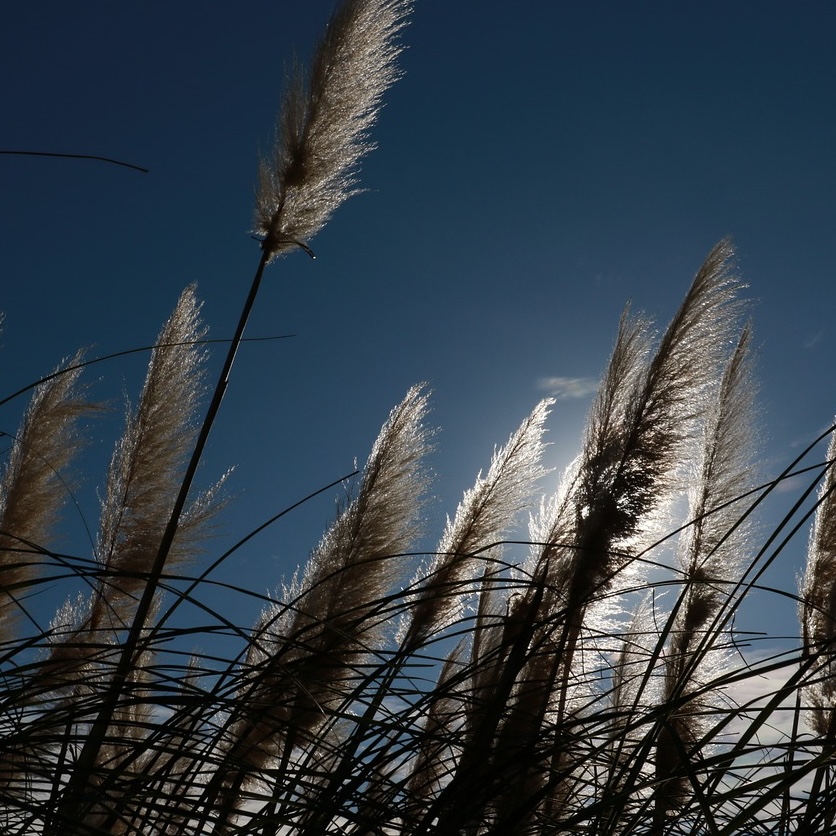Automated system for the detection of risk in agricultural sugarcane harvesting using digital image processing and deep learning

Published: 8 May 2024
Abstract Views: 239
PDF: 166
Publisher's note
All claims expressed in this article are solely those of the authors and do not necessarily represent those of their affiliated organizations, or those of the publisher, the editors and the reviewers. Any product that may be evaluated in this article or claim that may be made by its manufacturer is not guaranteed or endorsed by the publisher.
All claims expressed in this article are solely those of the authors and do not necessarily represent those of their affiliated organizations, or those of the publisher, the editors and the reviewers. Any product that may be evaluated in this article or claim that may be made by its manufacturer is not guaranteed or endorsed by the publisher.
Similar Articles
- Lara Riguccio, Laura Carullo, Patrizia Russo, Giovanna Tomaselli, A landscape project for the coexistence of agriculture and nature: a proposal for the coastal area of a Natura 2000 site in Sicily (Italy) , Journal of Agricultural Engineering: Vol. 47 No. 2 (2016)
- Daniele Torreggiani, Alberto Barbaresi, Francesca Dallacasa, Patrizia Tassinari, Effects of different architectural solutions on the thermal behaviour in an unconditioned rural building. The case of an Italian winery , Journal of Agricultural Engineering: Vol. 49 No. 1 (2018)
- Ye-jin Seo, Eunmi Hong, Jong-hyuk Lee, Young-joon Jeong, Byung-hun Seo, Soojin Jun, Seung-Jae Lee, Won Choi, Comparative study of coating agents for prevention of fine-dust-induced light transmittance reduction in greenhouse covering materials , Journal of Agricultural Engineering: Vol. 53 No. 2 (2022)
- Saddam Hussain, Decong Zheng , Haiyan Song, Muhammad Usman Farid, Abdul Ghafoor, Xinyi Ba, Hao Wang, Wenjun Wang, Alam Sher, Salah Jumaa Alshamali, Computational fluid dynamics simulation and optimisation of the threshing unit of buckwheat thresher for effective cleaning of the cleaning chamber , Journal of Agricultural Engineering: Vol. 53 No. 1 (2022)
- Samuel Kojo Ahorsu, Hayford Ofori, Jonathan Ampah, Ernest Kodzo Kumah, Maxwell Budu, Effect of variable chipping clearance and operational speed on the cassava chip geometry , Journal of Agricultural Engineering: Vol. 53 No. 2 (2022)
- Igor Kovacev, Daniele De Wrachien, Report on the 43rd International Symposium: Actual Tasks on Agricultural Engineering, 24th-27th February 2015, Opatija, Croatia , Journal of Agricultural Engineering: Vol. 46 No. 1 (2015)
- Simone Pascuzzi, A multibody approach applied to the study of driver injuries due to a narrow-track wheeled tractor rollover , Journal of Agricultural Engineering: Vol. 46 No. 3 (2015)
- Chiara Cevoli, Angelo Fabbri, Simone Virginio Marai, Enrico Ferrari, Adriano Guarnieri, Estimation of thermal conductivity of short pastry biscuit at different baking stages , Journal of Agricultural Engineering: Vol. 45 No. 2 (2014)
- Xin Du, Cailing Liu, Changqing Liu, Qixin Sun, Shufa Chen, A novel method for measurement of the angle of repose of granular seeds in discrete element methods , Journal of Agricultural Engineering: Vol. 54 No. 2 (2023)
- Alvaro Marucci, Danilo Monarca, Massimo Cecchini, Andrea Colantoni, Simone Di Giacinto, Andrea Cappuccini, The heat stress for workers employed in a dairy farm , Journal of Agricultural Engineering: Vol. 44 No. 4 (2013)
<< < 7 8 9 10 11 12 13 14 15 16 > >>
You may also start an advanced similarity search for this article.

 https://doi.org/10.4081/jae.2024.1581
https://doi.org/10.4081/jae.2024.1581







